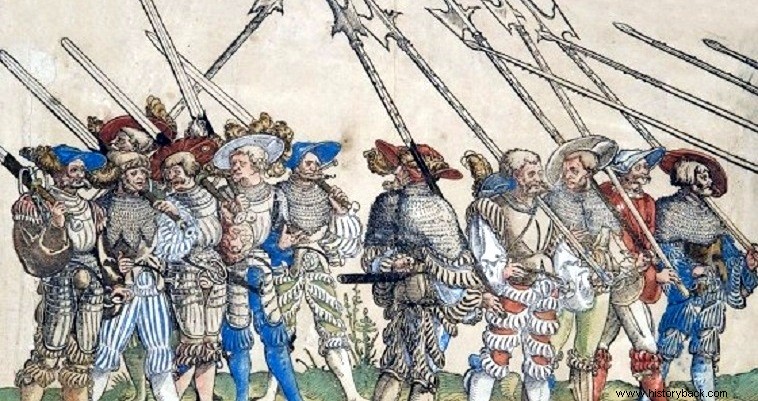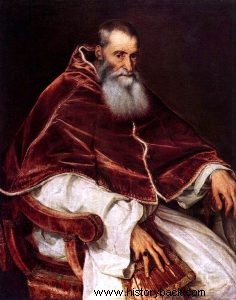
The Salt War was the consequence of the revolt of the inhabitants of Perugia against Pope Paul III (Alessandro Farnese).
Perugia was a free city until 1370 when it came under the control of the papal state. The townspeople continued to enjoy a relatively high standard of living, retaining many privileges, such as tax exemption on salt , or the possibility of being tried by city judges and not papists.
Salt was an important asset of the economy at the time as it was one of the few ways to preserve food. Despite the promises, however, as early as the end of the 15th century, the popes tried to circumvent the above privileges and rule Perugia in an absolute manner. This naturally provoked a reaction from the inhabitants of the city.
In 1539 various events caused the destruction of the harvest and consequently the lack of food and the rise of their prices to incredible heights.
To this difficult situation was added the demand of Pope Paul III to impose a new tax on salt for all citizens of his state . This demand circumvented the agreement under which Perugia joined the papal state.
The inhabitants protested to the pope but their protests were not heard. So the inhabitants rebelled. But in April 1540 papal troops, under the pope's nephew, Pierluigi Farnese, together with the mercenary leader Alessandro da Terni, were sent to the area and savagely plundered it.
The papal troops numbered around 2,000 men, mostly mercenaries. The inhabitants sought the help of Cosimo de' Medici who sent the nobleman of Perugia, Rodolfo Baglioni, at the head of a small military force.
The experienced papists, however, also defeated Baglioni's men and attacked the city. The inhabitants were forced to capitulate and on June 4, 1540 the papal troops entered Perugia and imposed the tax on salt.
Many inhabitants preferred to leave the city rather than remain subjects of the pope. The pope even ordered the construction of a strong fortified fortress in the city, the so-called "Fortress of Paul". The fortress, according to the pope, was not built to protect the city, but "to deprive the inhabitants of the possibility of rebelling again against the Holy See".
The fortress was for centuries the symbol of papal power and the oppression of the city, despite the fact that Paul's successor, Julius III, granted the inhabitants, in 1559, part of their autonomy. The city remained under papal rule until the dissolution of the papal state in 1860 , since previously the papal troops had brutally suppressed another uprising of the inhabitants (1859).

Pope Paul III.
